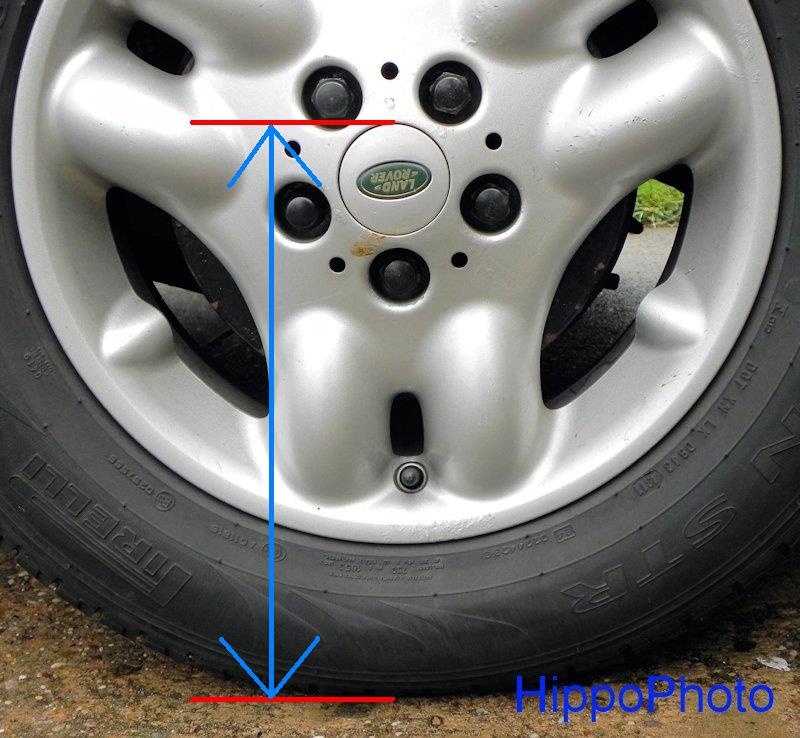Hippo
Lord Hippo
- Posts
- 51,937
Unfortunaltley we have a troll on this fred who's causing trouble. Not the first time.
Can you please ignore him and continue posting yer measurements.
Please don't reply to him or any of his posts on this fred. There is important Freelandering to be done and we need peeps to post results.
Thank you.
This fred started out as a serious fred. Problem is the troll appeared and we all started arguing with it. It's true I didn't post the reasoning behind what we were doing and why. I thought the fred would go oft the rails if I did. That happened anyway. The good news is I have enough info to continue with what we're doing.
I would like peeps to measure their Freelander 1 wheels and post up the results on this ere fred. What I want to know is the difference in ride height front to rear. Measuring from the centre of the wheel to the ground is too difficult to be precise as our wheels don't have a centre marker. The betterer option is to measure from one side of the centre wheel trim to the ground, as shown in the pic below in blue.
Rules of measuring:
Front 344mm
Rear 353mm
Tyre size 215/65R16
Engine = v6
Result = 353 - 344 = 9mm

DSCN5735 C1JVlNI
Can you please ignore him and continue posting yer measurements.
Please don't reply to him or any of his posts on this fred. There is important Freelandering to be done and we need peeps to post results.
Thank you.
This fred started out as a serious fred. Problem is the troll appeared and we all started arguing with it. It's true I didn't post the reasoning behind what we were doing and why. I thought the fred would go oft the rails if I did. That happened anyway. The good news is I have enough info to continue with what we're doing.
I would like peeps to measure their Freelander 1 wheels and post up the results on this ere fred. What I want to know is the difference in ride height front to rear. Measuring from the centre of the wheel to the ground is too difficult to be precise as our wheels don't have a centre marker. The betterer option is to measure from one side of the centre wheel trim to the ground, as shown in the pic below in blue.
Rules of measuring:
- Must be a Freelander 1
- All 4 wheels must be on level ground.
- Measured wheels need to be at the same air pressure (check/adjust before measuring)
- Need to measure while on level solid ground
- Use the same reference point on both measured wheels
- Need to provide measurements for 1 front and 1 rear wheel on the same Freelander
- Freelander wheels/tyres need to be the same make/model/size
- I don't care what the tread depth wear is as long as the wear on both measured wheels is similar
- Measurements from Freelanders without significant extra load only (boot full of logs/engines etc)
Front 344mm
Rear 353mm
Tyre size 215/65R16
Engine = v6
Result = 353 - 344 = 9mm

DSCN5735 C1JVlNI
Last edited:
